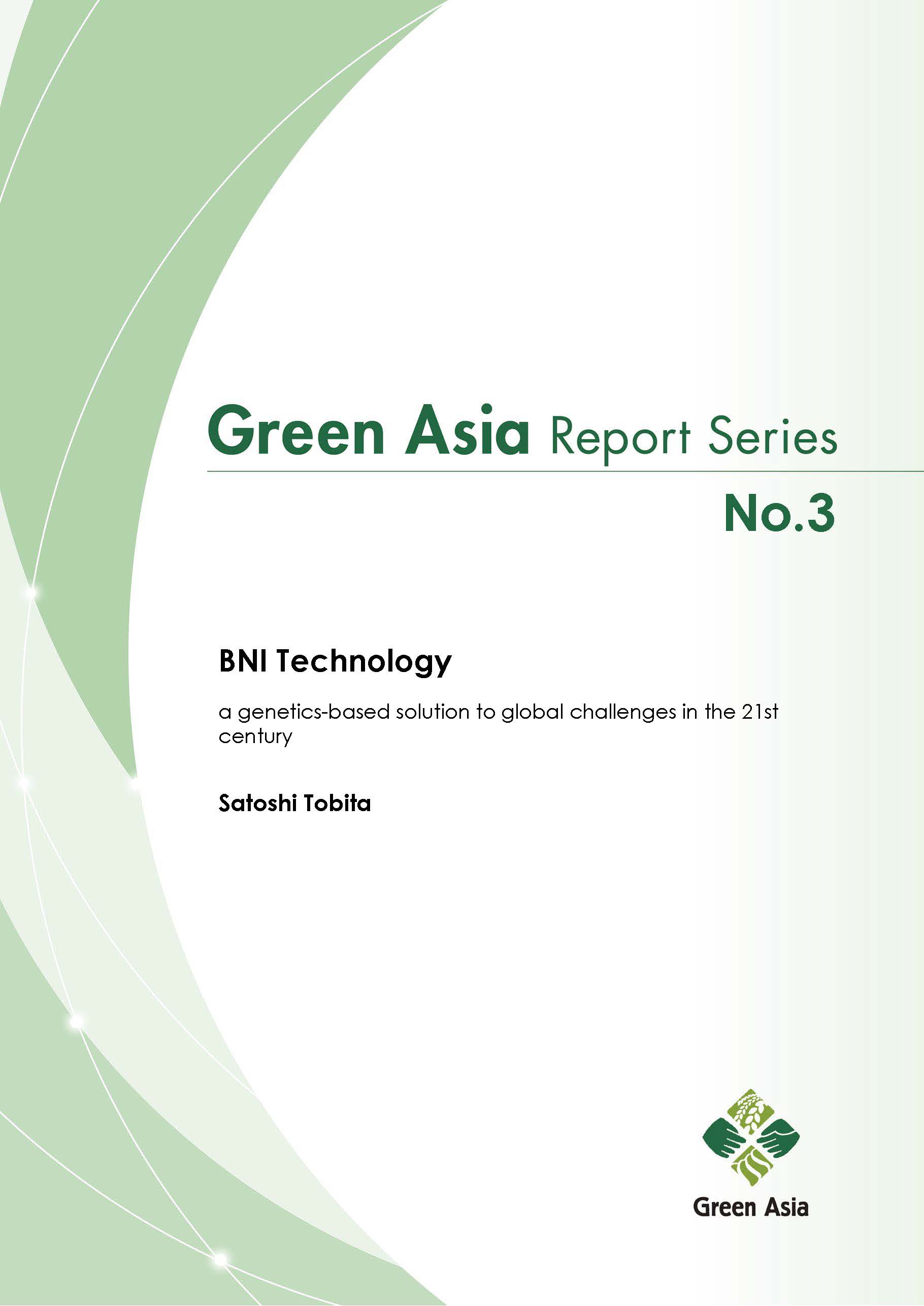BNI Technology: a genetics-based solution to global challenges in the 21st century

The nitrogen cycle of the Earth has already been extended beyond its planetary boundary, as seen by the nitrogen pollution in terrestrial ecosystems and climate change at the global scale. A major reason for this is the high dependence of modern agriculture on chemical nitrogen fertilizers, a technology that supports the Green Revolution. Because of the rapid nitrification process in soil, more than half of the applied nitrogen fertilizer is not utilized by crops and is lost to the environment; thus, nitrogen-use efficiency (NUE) is low in agricultural production systems. Suppression of nitrification is key to improving NUE, allowing for more N to stay in the soil and to be used by crops. This will contribute to resolving the two major global challenges of increasing crop production and mitigating climate change, respectively.
Biological nitrification inhibition (BNI) is a function of plants that suppresses the nitrification process using special chemical compounds, that is, biological nitrification inhibitors (BNIs) from the roots to block the key enzymes of the nitrification process. BNIs are thought to be superior to synthetic nitrification inhibitors (SNI), in terms of costs, effectiveness, safety for both humans and the environment, and accessibility to farmers. Plants and crops with high BNI capacity have been found and most of them belong to the Poaceae (Gramineae) family. Their nitrification-inhibiting compounds (BNIs) have been identified, brachialactone is from Brachiaria humidicola, sorgoleone is from sorghum, and zeanon is from maize. Regarding wheat, one of the most fertilized crops in the world, the wild relative Leymus racemosus was found to have a high BNI capacity, which was successfully transferred into international wheat varieties, such as Munal, by chromosome substitution. BNI-enabled Munal has been characterized as having the ability to suppress nitrification and utilize soil nitrogen more efficiently than original Munal. The BNI-Munal is currently used as a donor material for the development of BNI-enabled local elite wheat varieties in India.
The BNI-technology is a plant-based new technology; thus, recognizing its possibilities and limitations by ex-ante impact analysis is necessary. A map of the suitable regions was made for BNI-wheat with existing information on the performance of BNI-wheat; for example, preference for acidic soil pH. It is also important to show the impact of BNI-technology in a simulation model, based on the theoretical dynamics of nitrogen chemical species in the soil-plant-atmosphere continuum and empirical data from field observations. The impact of BNI-technology on enhancing agricultural production and mitigating nitrogen pollution and climate change is clearly demonstrated.
| 刊行年月日 | |
|---|---|
| 作成者 | Satoshi Tobita |
| 公開者 | Japan International Research Center for Agricultural Sciences |
| 巻 | 3 |
| DOI | 10.34556/gars-e.3 |
| 言語 | eng |
